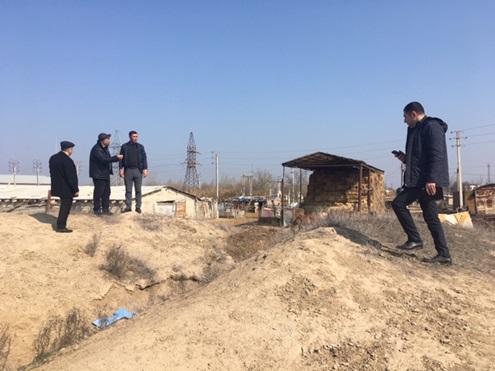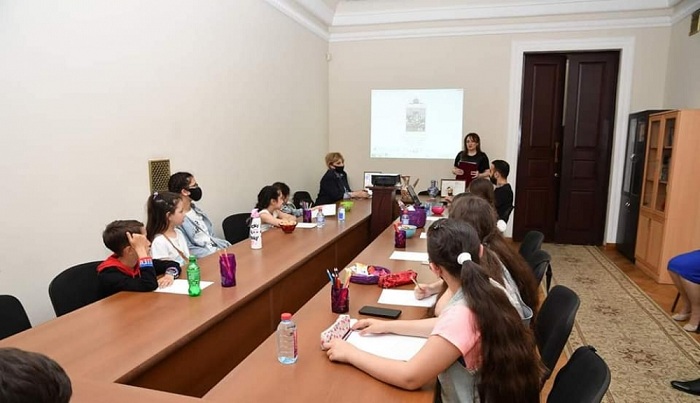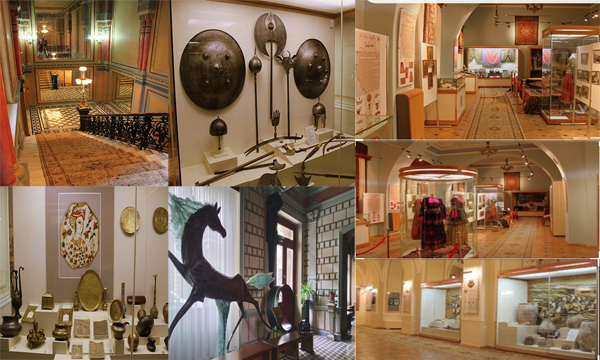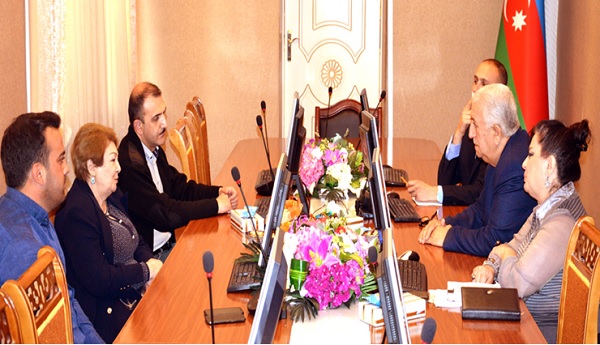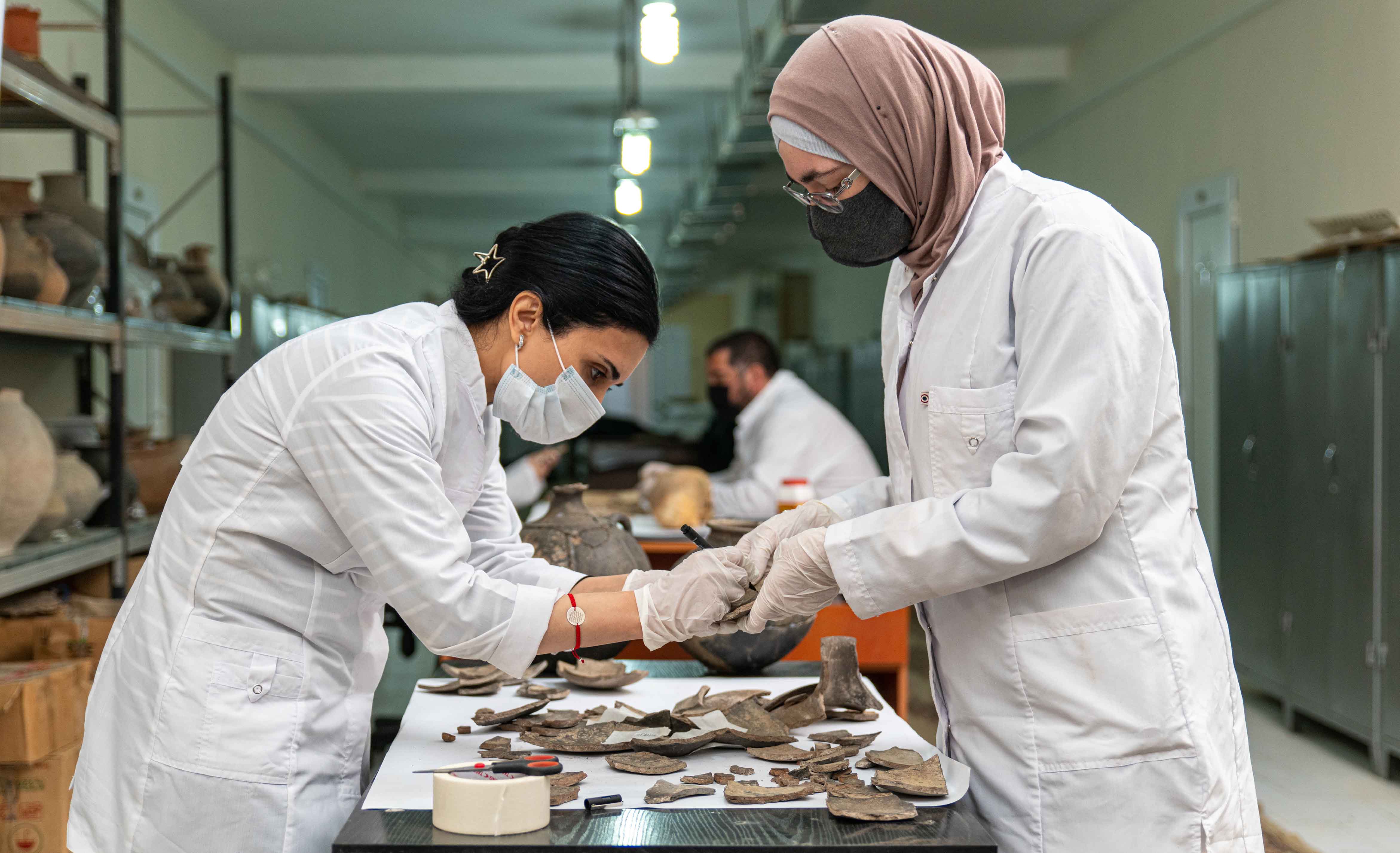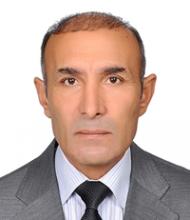
- A-
- A
- A+
Corresponding member of ANAS Veli Bakhshaliyev: “The Maiden’s Tower is a stone memory of the ancient history of Nakhchivan”
Archaeological studies prove that Nakhchivan was one of the main regions where the first fortress cities in Azerbaijan were formed. Archaeological research has confirmed that fortified cities in Nakhchivan formed in the third millennium BC. One of these fortified cities is the Maiden Tower settlement, located in the Sharur region, in the Arpachay valley, north of the village of Dize.
This was given an interview by the head of the department of the Institute of History, Ethnography and Archeology of the Nakhchivan Division, corresponding member of ANAS Veli Bakhshaliyev.
According to V. Bakhshaliyev, archaeological excavations in the village began in 2014. In the studies conducted until 2017, the layer of the settlement dating back to the Middle Bronze Age was studied, and as a result of archaeomagnetic studies, it was found that the area around the Maiden’s Tower and Oglangala with an area of 486 hectares in the Iron Age was surrounded by fortress walls. This is the only settlement in the South Caucasus of that period. The main center of the settlement was small towns around the Arpachay Valley.
The archaeologist said studies conducted in 2016 confirmed the existence of buildings attached to the castle wall. However, so far only part of the castle wall has been discovered. According to him, this phenomenal event can be regarded as a revolution in the history of the region, since the fortress walls dating back to the third millennium BC were not found in the Middle East and South Caucasus.
Veli Bakhshaliyev said that the second fortress wall was discovered in the upper layer of the Middle Bronze Age. During excavations in 2014-2016, most of the defensive wall was found. An analysis of the coal taken from the bottom of the defensive wall confirmed that the wall was built in the middle of the second millennium BC, in 1450 BC.
“The presence of a thick medieval layer over the Middle and Late Bronze Age in the Maiden Tower settlement does not allow to expand the excavation,” he said, noting that no structures related to the early Middle Bronze Age were found.
V. Bakhshaliyev added that grave monuments were discovered during excavations in the lower layers of the settlement. This confirms that settlements and cemeteries are intertwined. Painted vessels typical of the early Middle Bronze Age were discovered in one of these graves, which was discovered in the immediate vicinity of the settlement.
According to him, an analysis of coal taken from one of the barrows in the necropolis of the Maiden’s Tower showed that it dates back to 2280 BC. This is the oldest history of painted pottery in the South Caucasus. This fact shows that the development of culture in Azerbaijan, as some researchers say, not only does not lag behind the Middle East, but the level of cultural development sometimes exceeds the level of the Middle East.
Veli Bakhshaliyev noted that studies conducted in the Maiden Tower settlement and around the mound showed that they form a single complex, and said that studies conducted in this settlement revealed the presence of a cultural layer of the Middle Bronze Age 2.5-3 meters thick. This is the fourth important monument in Nakhchivan after Kultepe I, Kultepe II and Gizilburun.
Corresponding member of ANAS Veli Bakhshaliyev said: “In the first half of 2016, new facts were revealed when studying these monuments. In the course of the analysis of isotopes taken from the teeth of human skeletons, it was found that the Middle Bronze Age tribes living in the Arpachay valley are from Nakhchivan.
The archaeologist emphasized that in recent years, many new monuments have been opened in Nakhchivan, which are of great importance for studying the history of mankind. This is due to the growing state concern for the study of historical and cultural monuments of the autonomous republic.
©All rights are reserved. Citing to www.science.gov.az is necessary upon using news.
Similar News
Links

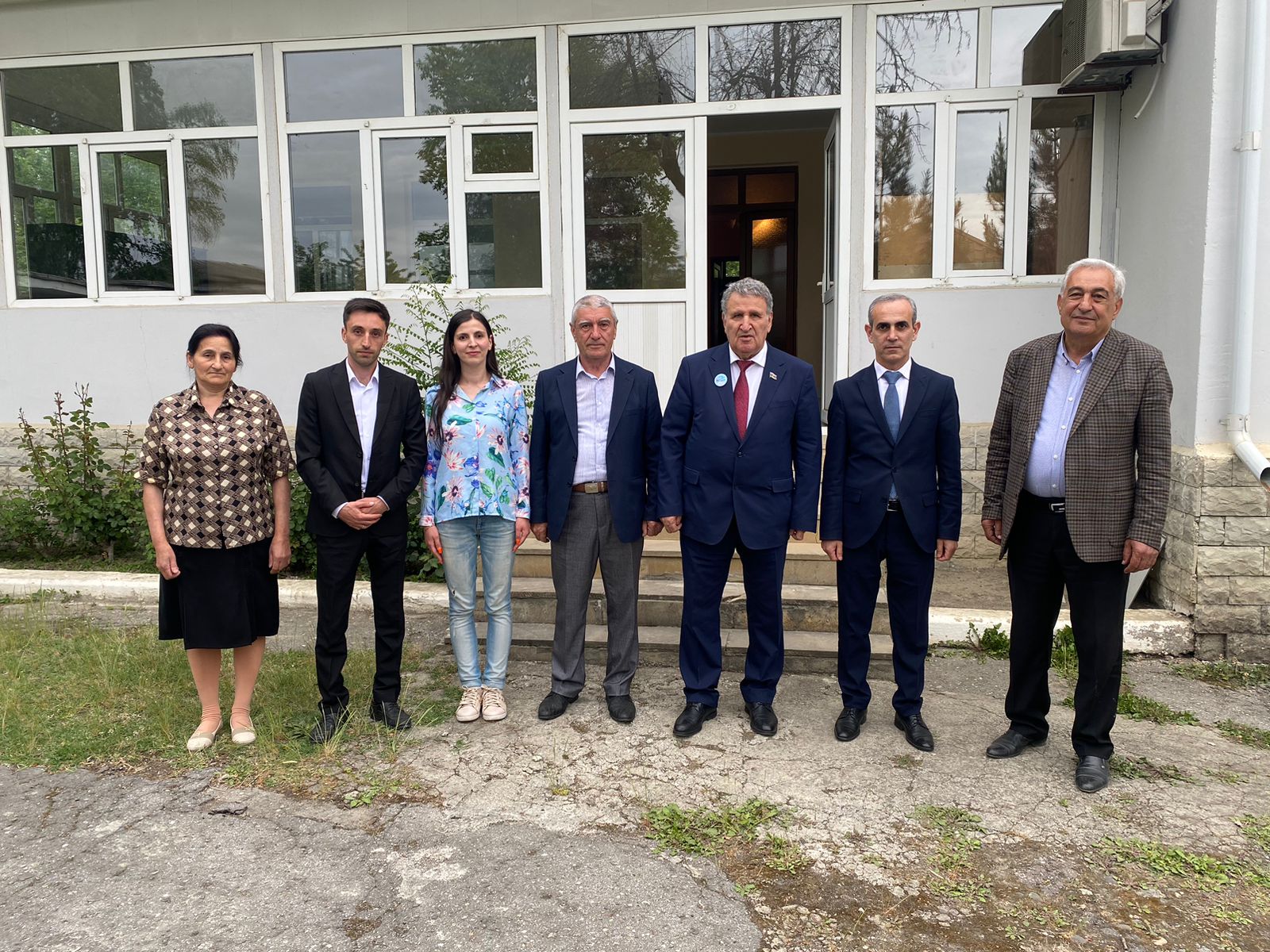
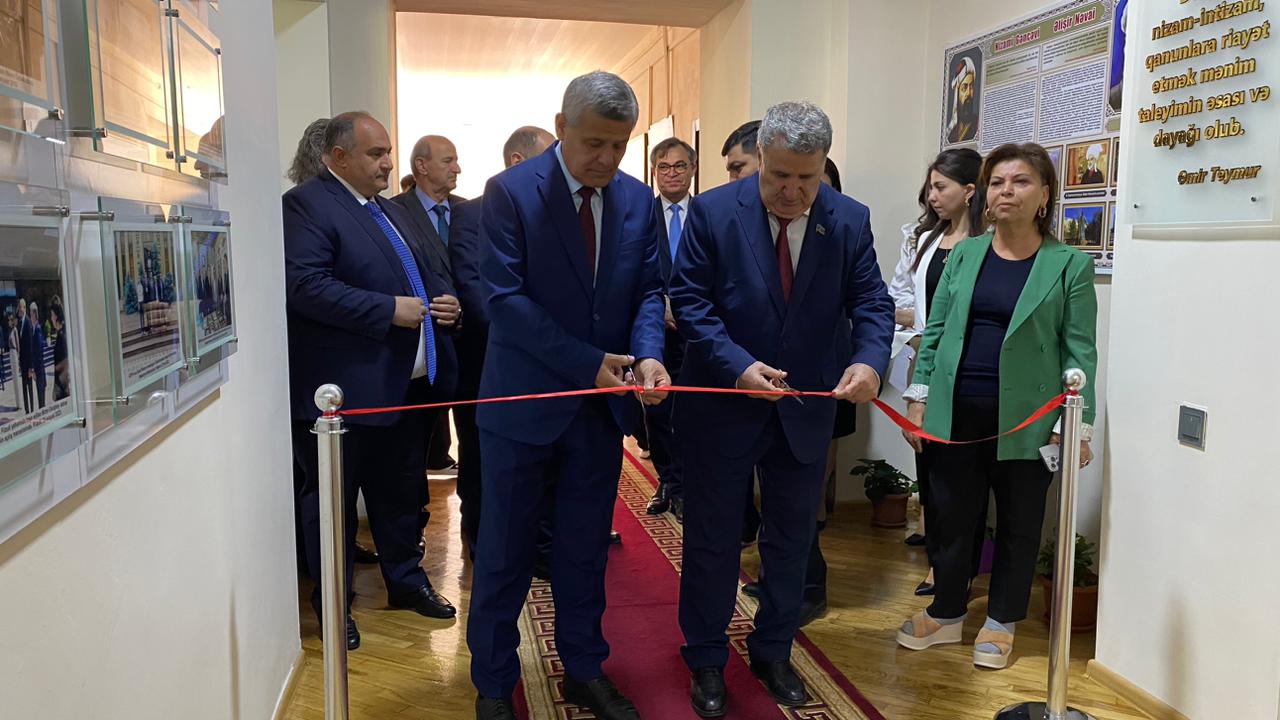

 Elm TV
Elm TV
 Photo
Photo
 Video
Video
